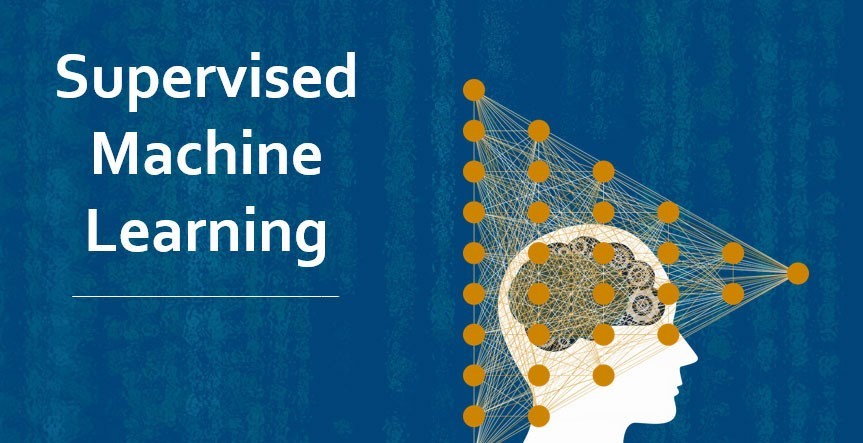
Supervised Machine Learning: Unraveling the Magic of Predictive Modeling
Navadeep Komarraju
Software Developer || Python || Artificial Intelligence || Machine Learning || LLMs
Introduction
In today's data-driven world, machines are not just learning, but they're also predicting! How? Through supervised machine learning. But what exactly is supervised learning, and how does it work? Let's embark on a journey to demystify this fascinating field in simple terms.
Understanding Supervised Machine Learning
Supervised machine learning is like teaching a child with examples. You provide the machine with a set of labeled data, where each example has input features (like age, height, and weight) and a corresponding output label (like "cat" or "dog"). The goal is for the machine to learn the mapping between the input features and the output labels so that it can make predictions on new, unseen data.
Types of Supervised Learning
There are two main types of supervised learning: classification and regression.
领英推荐
How Supervised Learning Works
Imagine you're teaching a machine to distinguish between apples and oranges based on their color and size. You show it examples of apples labeled "apple" and oranges labeled "orange," along with their corresponding color and size. The machine learns patterns from these examples and creates a decision boundary to classify new fruits as either apples or oranges based on their color and size features.
Examples of Supervised Learning in Everyday Life
Conclusion
In conclusion, supervised machine learning is a powerful tool for making predictions and solving real-world problems by learning from labeled examples. By providing the machine with the right training data and algorithms, we can teach it to recognize patterns and make accurate predictions on new data. With its wide-ranging applications and significant impact on various industries, supervised learning continues to drive innovation and shape the future of technology.